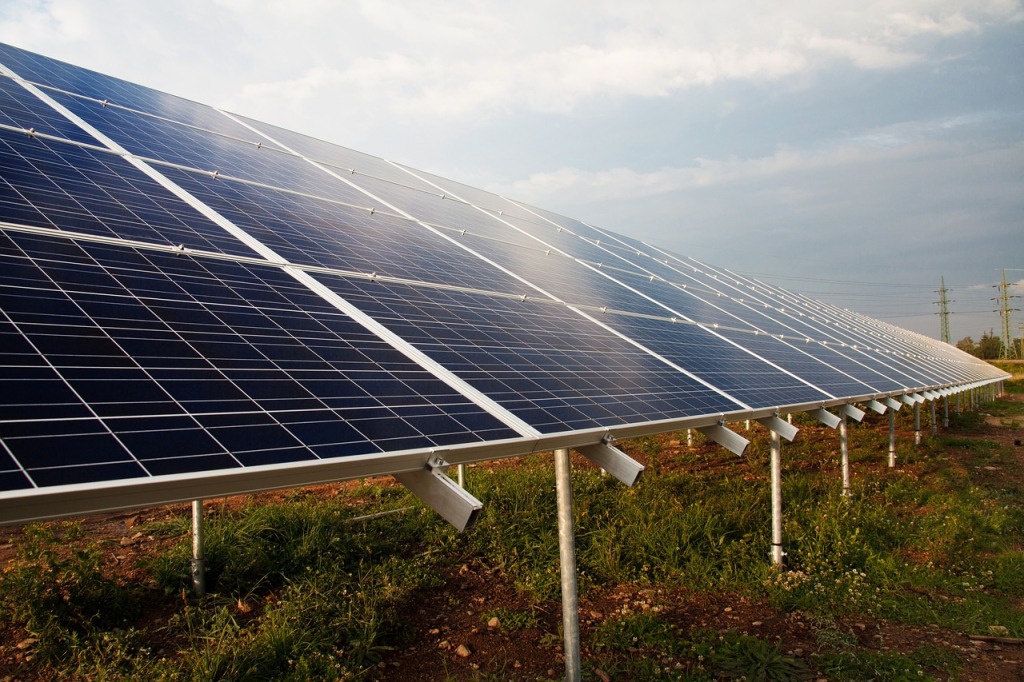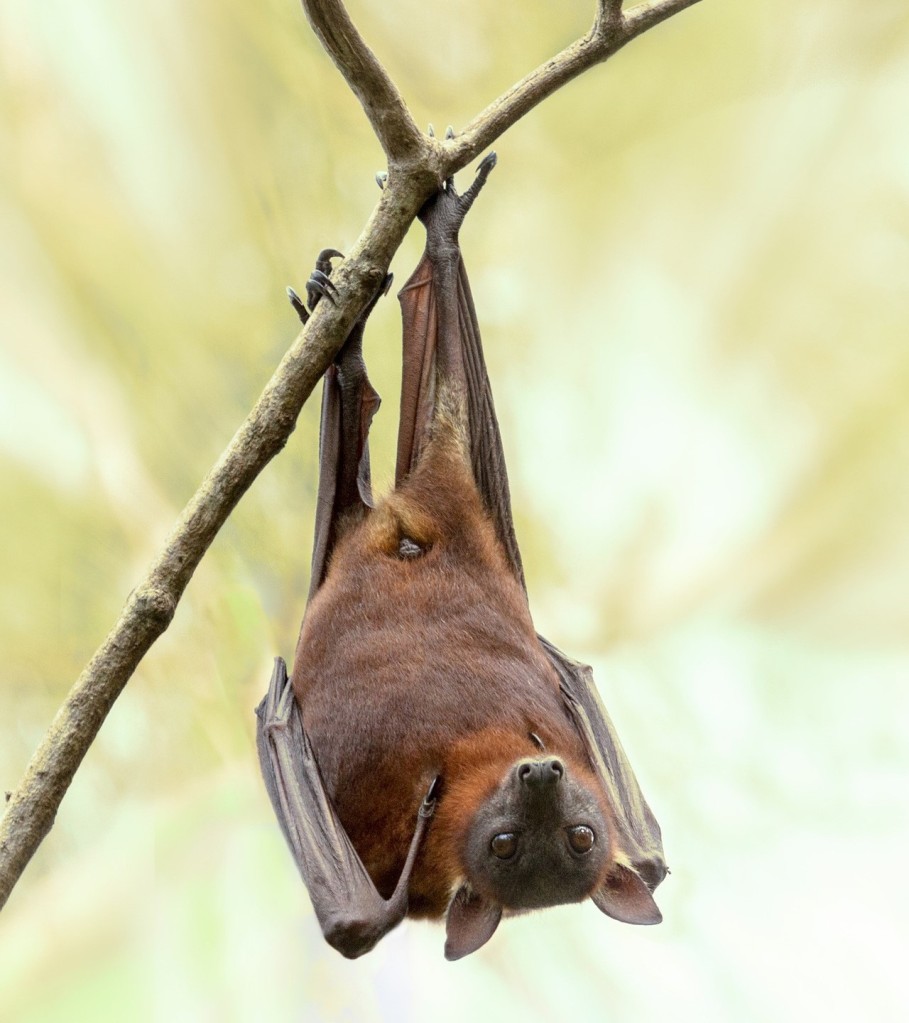Author Elizabeth Tinsley summarises Journal of Applied Ecology’s September Editor’s Choice research article. This latest research, conducted alongside colleagues, aimed to assess the impact of solar panel farms on bat activity.
The growing need for renewable energy
As our planet continues to warm, the need for renewable energy is becoming increasingly urgent. Renewable technologies are important in meeting energy demands sustainably and are of vital importance given the role of fossil fuels in producing carbon dioxide, a key driver of climate change.
Renewable energy is growing at a rapid pace globally, with solar photovoltaic power providing about 30% of renewable power, and increasing in amount by 25% in 2021. Global solar capacity is projected to overtake natural gas by 2026 and coal by 2027. In the UK, almost half of the electricity now comes from renewable sources, and solar accounts for one-fifth of the energy capacity installed since 2019.
Solar farms and bat activity
Solar farms are now a striking feature of the British landscape. But despite their growth, we’re still largely in the dark about how solar farms impact biodiversity. Ensuring that the ecological footprint remains minimal is now particularly important.
This was the focus of a study lead by the University of Bristol which identified that bat activity was reduced at ground mounted solar farms compared to neighbouring sites without solar panels. This is novel research, as the impacts of solar farms on wildlife are currently little understood, with no evidence regarding their effects on bats.
The study
To carry out their experiment, the team set up bat static monitoring equipment in a solar farm field, and a matched field without solar panels (control site). Fields were matched in size, land use, and boundary feature (e.g. hedge, fence, stream) and a bat detector was placed in the middle and edge of both fields, totalling four recording locations, repeated across 19 separate sites in the south-west of England. The data from the different echolocation calls at recording points were then analysed to identify the bat species and number of bat passes.
Findings
The authors found that the activity level of common pipistrelle, soprano pipistrelle Nyctalus species, serotine, Myotis species and Plecotus species was substantially lower at solar farm sites, compared to the paired control sites. Total bat activity was almost halved at the boundaries of solar panel fields compared to that of control sites. At the centre of solar panel fields, bat activity dropped by two-thirds.
Further research is required to assess bat behaviour at solar farms, and why it is causing the significant decrease of certain species at solar sites. Initial suggestions are the loss of suitable habitat, fewer insect prey available, or that bats are at risk of collisions with panels.
These findings have the potential to impact and inform planning legislation and policy so that the benefits of solar power are reaped without impacting wildlife. Nevertheless, the results should not hinder the transition to renewable energy. Instead, they should help to craft strategies that encourage bat activity, whilst supporting the necessary expansion of clean energy sources.
Recommendations
Early scoping and surveying of potential solar farm sites is key to ensuring that ecologically sensitive areas and habitats can be avoided. Thinking of alternative locations such as siting panels on buildings or areas rarely visited by bats may also be favourable in some circumstances.
Where sites are scoped in, mitigation is essential to provide win-win solutions for energy suppliers and for wildlife, and critically, due to the significant negative impact identified, ground mounted solar farm developments should be screened in an Environmental Impact Assessment for ecological impacts so that appropriate mitigation is designed. This could include providing commuting corridors within and around solar farms, or providing suitable alternative foraging area such as trees and habitat which are rich invertebrates. All such strategies would also require monitoring, but would mean that solar energy can be provided whilst simultaneously having a reduced impact on wildlife.
The team are already looking at the differences in invertebrate species richness and abundance between the paired sites, and are looking forward to sharing the findings in the new year.
Read the full article “Renewable energies and biodiversity: Impact of ground-mounted solar photovoltaic sites on bat activity” in Journal of Applied Ecology

